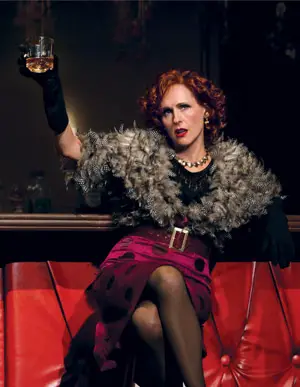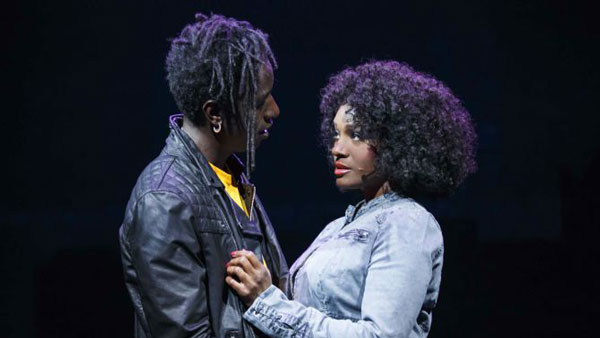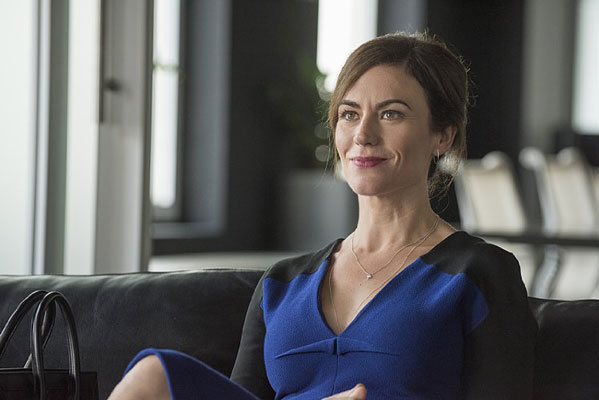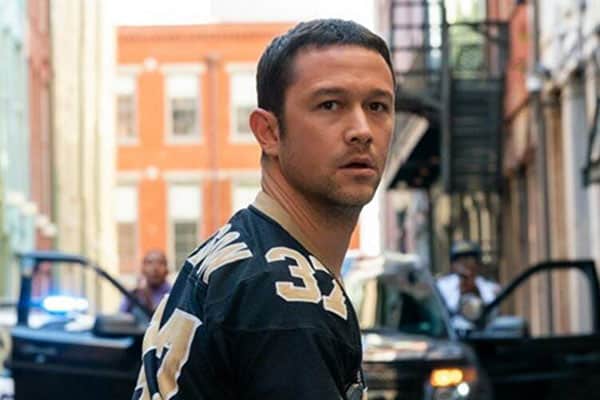
Molly Shannon took over the role of Marge MacDougall in Promises, Promises from Katie Finneran (who won the Tony for her work), earlier this month. It’s her first time in a Broadway show , which she describes as a “marathon.”
“You can’t give 100%because you could lose your voice,” she says.
She talked to the New York Times about the show, being on Broadway and how she got onto Saturday Night Live.
Q. You’ve been in “Promises, Promises” for about a month now. Do you feel settled in?
A. Now I’m feeling more comfortable. I rehearsed a little bit in L.A., but the bottom line is, you get thrown in pretty quickly. “Saturday Night Live” prepares you for that in a way — it’s that same heart-pounding, oh my God, I’ve got to just do it. But it’s also Brrrroadway, and I’ve never done that before. It’s like doing a marathon — you have to pace yourself. You can’t give 100 percent because you could lose your voice or pull a muscle. Learning how to talk softly, it’s very hard for me because I have a big mouth. But my husband loves it when I talk really softly. He’s like, “Good, more of that.”
Q. You’ve never performed on Broadway before, but there’s always been a theatricality to the characters you’re known for. Where did that come from?
A. When I was growing up, my dad was really into Judy Garland, and he used to clean the house and he’d put on a record, and you’d hear, “Swwwaaannneee, how I love ya,” and that meant the house was clean. I went to N.Y.U. drama school, and when I was first was trying to get a manager and an agent, I’d go to people’s offices and sing show tunes — [singing] “Chi-ca-go, Chi-ca-go” — because that’s what I knew. One manager, I sang in her office and I jumped on her desk, and she was like, “You got it, kid!” That was my start in show business.
Q. So how do you go from that to “Saturday Night Live”?
A. At N.Y.U. drama school, I was a very serious drama student. I did a lot of intense monologues with Southern accents. But then they had an audition for the Follies, a revue show where we got to make fun of the teachers, and I created Mary Katherine Gallagher from an improv in that show. We had to do an exercise where you’d come through a door and introduce yourself – don’t think about it, just come through the door and make up a character. And I went, “Mary Katherine Gallagher.” And they ended up loving it, and they put it in the show. Adam Sandler was in the show, too. It was a big hit on campus, so it was from that show that people were like, you should do comedy. Before that, I thought of myself as a very serious dramatic actress. But I approach comedy in a very dramatic way. I don’t like making fun of the characters.
Q. What happened next?
A. After N.Y.U., I moved to L.A., and I met a guy named Rob Muir. He said: “Comedy is king. Comedy is really the way to go.” And I was like: “Is comedy king? Comedy’s king?” He talked me into it, and we developed this stage show [“The Rob and Molly Show”], and we did that for years before I got “S.N.L.”
Q. You came into “S.N.L.” with many characters you’d created for your stage show, but it wasn’t guaranteed that any of them would get on air. Was that a challenge for you?
A. It was really hard. The stage show was dirtier and wilder – when I would do Mary Katherine Gallagher, I would climb walls and cut my legs. But trying to get it on [“S.N.L.”], I was just starting out. I remember going around to the writers, and I would say, “I have this character I do in my show.” And the writers would explain to me why that would never work. I’m not going to name names, but there were people that said, “That will never work because that’s weird.” Then there was one writer, Steve Koren, who was like: “That could work. Tell me what you do in your show.” We wrote our first sketch, and he buoyed it with more jokes and we got it on air. I had a real desire to do physical comedy in the way that boys did. I thought, God, I haven’t seen girls do that – I want to do that. I really just committed to it and used the nervous energy that I had and poured it into the character.
Q. Did you get to see Katie Finneran play the role before you took it over from her?
A. I did. I went to see it when I was deciding if I could do it, and she was unbelievable. I could never do what she did. But it’s such a fun, creative opportunity that I don’t want to pass it up just because I’m afraid. I only saw her do it once, and then I thought, Should I go see it again? But then I thought, Eh, I don’t want to think about what she’s doing or copy that. I just want to make it my own.
Q. It seems like you’ve been able to put your signature on the character.
A. Oh, good. It’s hard, because first you’re on a stool, so it’s limiting that way. It’s all your voice — “Hello there, all alone,” — but then it’s fun when you can move a bit. I was worried because in one scene I have to scream, “They’re having an orgy on the second floor!” and I was worried, I’m not going to be able to do that night after night, for all these performances. But I learned tricks from Kristin [Chenoweth] and Sarah Jane [Everman, Ms. Chenoweth’s understudy] to make the vocal cords more slippery, as they say. Sarah Jane puts glycerin in her tea. I was like: “Glycerin? That’s a skin product.” But it’s food-grade glycerin. You pour it in your tea and sip it, and your throat’s more open. Who knew?




